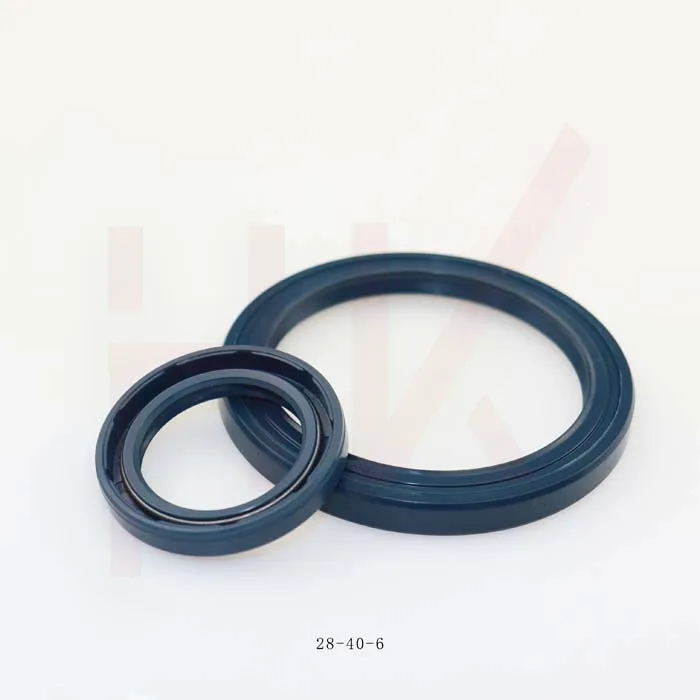ታኅሣ . 01, 2024 17:18 Back to list
replacing wiper seal on hydraulic cylinder
Replacing Wiper Seal on Hydraulic Cylinder A Comprehensive Guide
Hydraulic cylinders are essential components in various machinery, including construction equipment, industrial machines, and automotive applications. These cylinders rely on hydraulic fluid to create force, enabling movement and functionality. One critical part of a hydraulic cylinder is the wiper seal, which prevents contaminants from entering the cylinder and protects the internal components. Over time, wiper seals can wear out or become damaged, leading to potential hydraulic fluid leaks and reduced efficiency. This article will provide a step-by-step guide on how to replace the wiper seal on a hydraulic cylinder.
Understanding the Wiper Seal
The wiper seal, also known as a dust seal, is the first line of defense against dirt, dust, and debris that can enter the hydraulic cylinder. Located at the outer end of the cylinder, it works by wiping away contaminants as the piston rod retracts. A well-functioning wiper seal is vital for ensuring the longevity of the cylinder and maintaining optimal performance. Signs that a wiper seal may need replacement include visible wear and tear, leaking hydraulic fluid, and decreased performance of the hydraulic system.
Tools and Materials Needed
Before starting the replacement process, gather the necessary tools and materials
1. Tools - Wrench set - Screwdrivers (flathead and Phillips) - Pliers - Seal removal tool or pick - Measuring tape
2. Materials - New wiper seal (make sure it's compatible with your hydraulic cylinder model) - Hydraulic fluid - Clean rags or paper towels - Lubrication grease
Step-by-Step Replacement Process
1. Safety First Ensure that the equipment is turned off and depressurized. Safety is paramount when working with hydraulic systems, as pressurized fluid can cause injury.
replacing wiper seal on hydraulic cylinder

2. Remove the Cylinder Disassemble the assembly where the hydraulic cylinder is mounted. Use the wrench to remove any bolts or screws holding the cylinder in place. Carefully detach the cylinder from the machine and place it on a clean, stable surface.
3. Disassemble the Cylinder Locate the end cap of the hydraulic cylinder. Depending on the design, this may require unscrewing or unbolting. Once the cap is removed, gently pull out the piston rod. Be cautious of any remaining hydraulic fluid in the cylinder.
4. Remove Old Wiper Seal Use a seal removal tool or a pick to carefully pry out the old wiper seal. Take care not to scratch or damage the cylinder housing during this process. Inspect the old seal for signs of wear or damage, which can provide insight into the cause of the failure.
5. Clean the Cylinder Housing Thoroughly clean the area where the wiper seal sits. Use a clean rag or paper towels to remove any debris, dirt, or old hydraulic fluid. A clean surface is essential for ensuring a proper seal.
6. Install the New Wiper Seal Before installation, apply a light coating of lubrication grease around the new wiper seal. This helps with seating the seal and provides a barrier against contaminants. Carefully place the new wiper seal into its groove, ensuring it is seated evenly around the circumference.
7. Reassemble the Cylinder With the new wiper seal in place, reinsert the piston rod into the cylinder. Attach the end cap securely, ensuring that all bolts and screws are tightened to the manufacturer's specifications.
8. Reattach the Cylinder Mount the hydraulic cylinder back to its original position on the machinery. Ensure all connections are secure and recheck the torque specifications.
9. Test the Hydraulic System Repressurize the hydraulic system and perform a function test. Check for any leaks around the newly installed wiper seal. If everything operates smoothly, your replacement was successful.
Conclusion
Replacing the wiper seal on a hydraulic cylinder is a manageable task that can prolong the life of the equipment and enhance performance. Regular maintenance, including inspections and timely seal replacements, is essential for preventing costly repairs and ensuring operational efficiency. By following the steps outlined in this guide, you can confidently tackle the replacement of a wiper seal and maintain the integrity of your hydraulic system. Always consult the manufacturer’s guidelines for specific instructions related to your hydraulic cylinder model.
-
TCN Oil Seal Metal Ring Reinforcement for Heavy Machinery
NewsJul.25,2025
-
Rotary Lip Seal Spring-Loaded Design for High-Speed Applications
NewsJul.25,2025
-
Hydraulic Cylinder Seals Polyurethane Material for High-Impact Jobs
NewsJul.25,2025
-
High Pressure Oil Seal Polyurethane Coating Wear Resistance
NewsJul.25,2025
-
Dust Proof Seal Double Lip Design for Construction Equipment
NewsJul.25,2025
-
Hub Seal Polyurethane Wear Resistance in Agricultural Vehicles
NewsJul.25,2025
-
The Trans-formative Journey of Wheel Hub Oil Seals
NewsJun.06,2025
Products categories
















